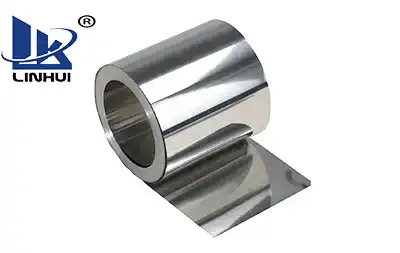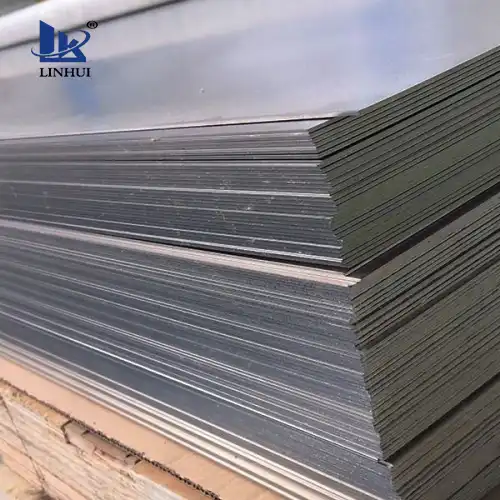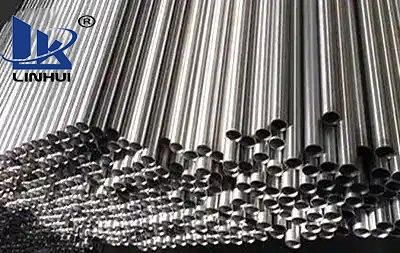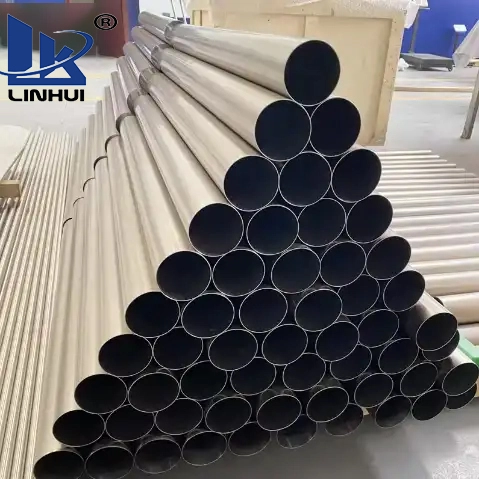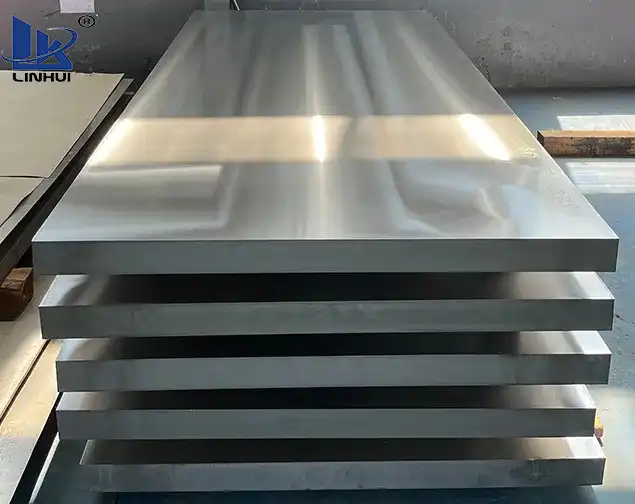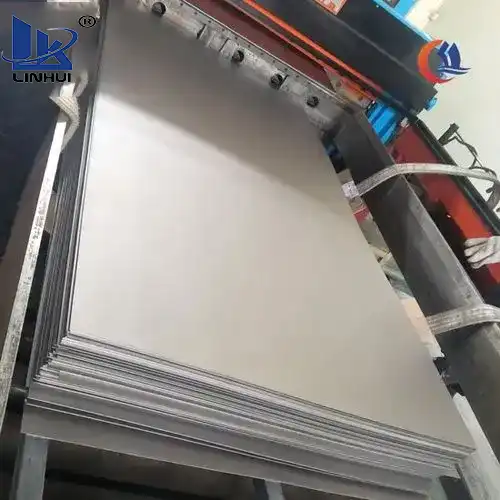Titanium is very stable in air at room temperature. When heated to 400-550°C, a strong oxide film is formed on the surface to protect it from further oxidation. Titanium has a strong ability to absorb oxygen, nitrogen, and hydrogen. These gases are very harmful impurities to metallic titanium. Even a very small amount (0.01% ~ 0.005%) can seriously affect its mechanical properties.
Among titanium compounds, titanium dioxide (TiO2) has the most practical value. Ti02 is inert to the human body and non-toxic. It has a series of excellent optical properties. Ti02 is opaque and has high gloss and whiteness, high refractive index and scattering power, strong hiding power, and good dispersion. The pigment produced is a white powder, commonly known as titanium white, which is widely used. The appearance of a titanium rod is very similar to steel, with a density of 4.51 g/cm3, which is less than 60% of steel. It is the metal element with the lowest density among refractory metals. The mechanical properties of titanium, commonly known as mechanical properties, are closely related to purity. High-purity titanium has excellent machining properties, with good elongation and area reduction, but its strength is low and it is not suitable for use as structural materials. Industrial pure titanium contains a moderate amount of impurities, has high strength and plasticity, and is suitable for making structural materials.
Titanium alloys are divided into low strength and high plasticity, medium strength and high strength, ranging from 200 (low strength) to 1300 (high strength) MPa, but generally titanium alloys can be regarded as high-strength alloys. They are stronger than aluminum alloys, which are considered medium-strength and can completely replace some types of steel in terms of strength. Compared with the rapid decrease in strength of aluminum alloys at temperatures above 150°C, some titanium alloys can still maintain good strength at 600°C.
Dense metallic titanium is highly valued by the aviation industry because of its lightweight, higher strength than aluminum alloy, and ability to maintain higher strength than aluminum at high temperatures. In view of the fact that the density of titanium is 57% of steel, its specific strength (strength/weight ratio or strength/density ratio is called specific strength) is high, and its anti-corrosion, anti-oxidation, and anti-fatigue capabilities are strong. 3/4 of titanium alloys are used as Structural materials represented by aerospace structural alloys, and 1/4 are mainly used as corrosion-resistant alloys. Titanium alloy has high strength and low density, good mechanical properties, good toughness, and corrosion resistance. In addition, titanium alloys have poor process performance and are difficult to process. During thermal processing, they easily absorb impurities such as hydrogen, oxygen, nitrogen, and carbon. It also has poor wear resistance and a complex production process. Industrial production of titanium began in 1948. The need for the development of the aviation industry has caused the titanium industry to develop at an average annual growth rate of about 8%. At present, the world's annual output of titanium alloy processing materials has reached more than 40,000 tons, with nearly 30 types of titanium alloy grades. The most widely used titanium alloys are Ti-6Al-4V (TC4), Ti-5Al-2.5Sn (TA7), and industrial pure titanium (TA1, TA2, and TA3).
There are three heat treatment processes for titanium rods and titanium alloy rods:
1. Solid solution treatment and aging: The purpose is to improve its strength. Alpha titanium alloy and stable beta titanium alloy cannot be strengthened and heat treated, and only annealed during production. α+β titanium alloys and metastable β titanium alloys containing a small amount of α phase can be further strengthened through solid solution treatment and aging.
2. Stress relief annealing: The purpose is to eliminate or reduce the residual stress generated during the processing. Prevent chemical attack and reduce deformation in some corrosive environments.
3. Complete annealing: The purpose is to obtain good toughness, improve processing performance, facilitate reprocessing, and improve dimensional and structural stability.






